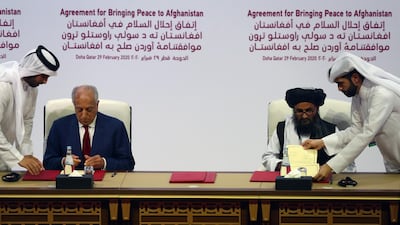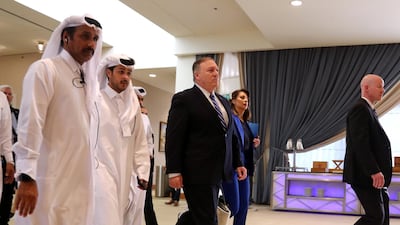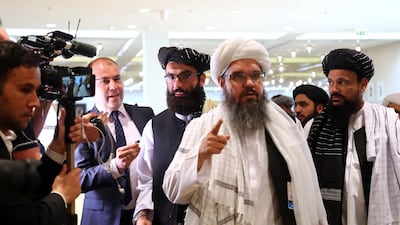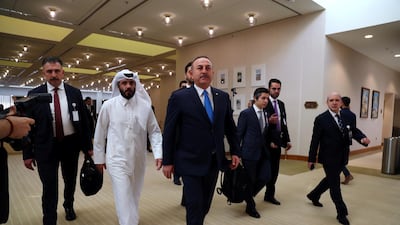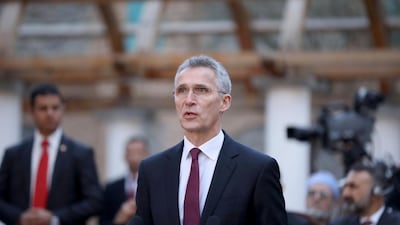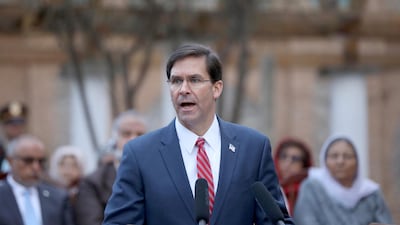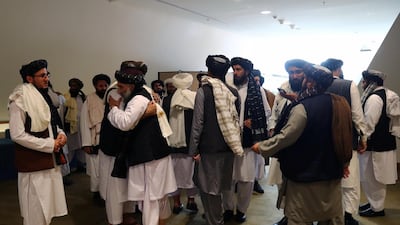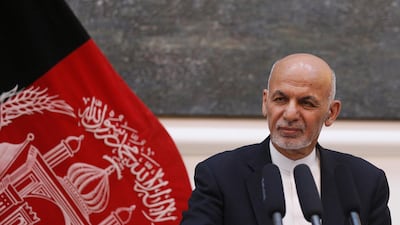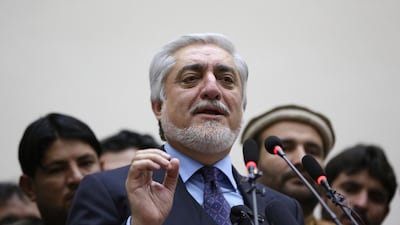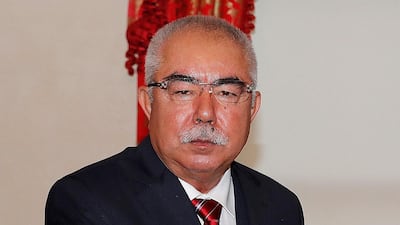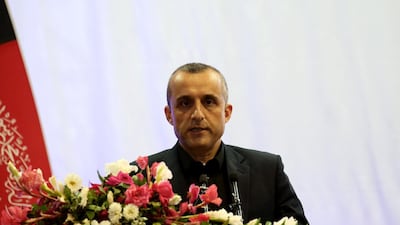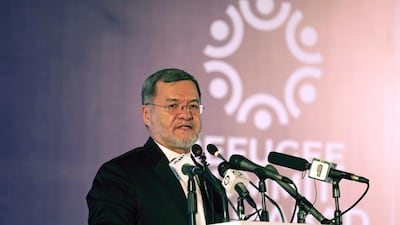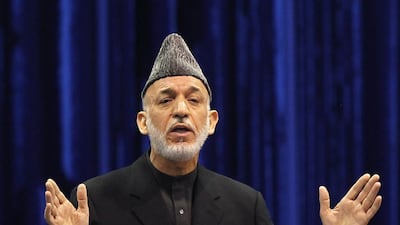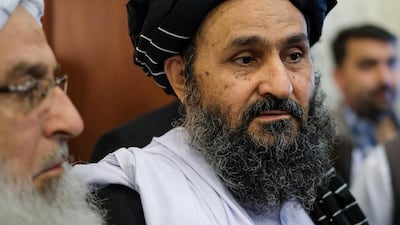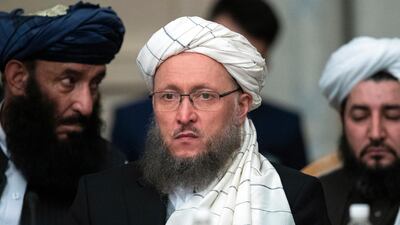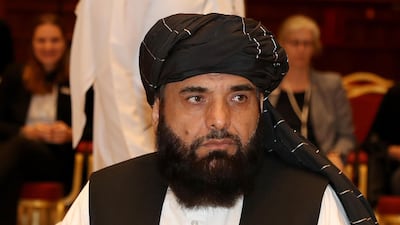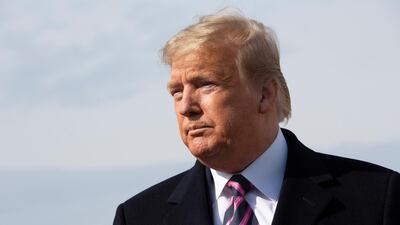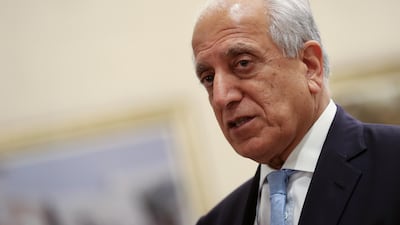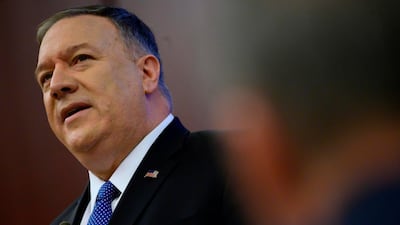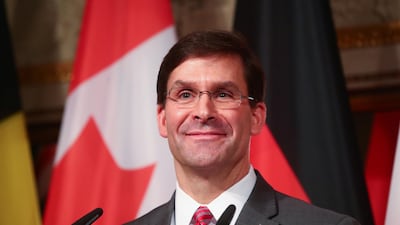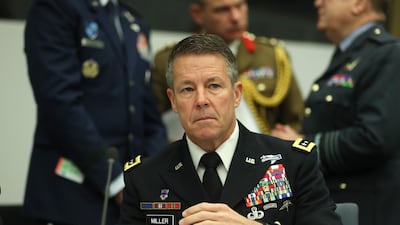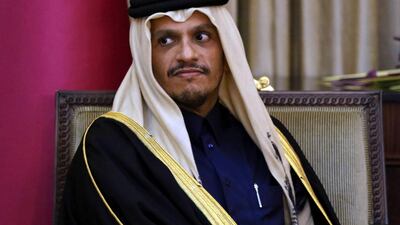Implementation of the Trump administration's peace deal with the Taliban on February 29 can hardly be said to have got off to an auspicious start. Just two days after the two sides signed what was supposed to be the breakthrough agreement in America's two decades-long involvement in Afghanistan, US warplanes were in action against Taliban fighters in the country's southern Helmand province after the militants launched an attack against a checkpoint held by the Afghan army.
A spokesman for the US military in Kabul said the action had been a “defensive strike” to aid an ally. “We are committed to peace. However, we have the responsibility to defend our partners,” he said before adding that the Taliban appeared to be intent on squandering the opportunity for peace “and ignoring the will of the people".
The American attack certainly does not conform with the spirit of the agreement, where the two sides are supposed to have committed themselves to avoid conflict.
Under the terms, the Americans have agreed to withdraw all allied forces from Afghanistan within 14 months in return for the Taliban pledging not to co-operate with terrorist organisations, such as Al Qaeda, that seek to use the country as a base from which to launch attacks against the US and its allies. There is also a requirement that the Taliban open talks with the Afghan government, which was not involved in the peace negotiations, on establishing a ceasefire and agreeing power-sharing arrangements.
It was the Taliban’s alliance with Al Qaeda that prompted the US-led coalition to invade Afghanistan in 2001 and overthrow its government after Al Qaeda leader Osama bin Laden masterminded the September 11 attacks from his Afghan base. Persuading the Taliban to sever all ties with Al Qaeda was, therefore, supposed to be one of the fundamental conditions for any peace deal.
Consequently, the Trump administration’s willingness to compromise on this central issue, and simply settle for a vague undertaking from the Taliban, has encouraged the belief within the group that the White House is not so much interested in securing a lasting peace deal as being able to withdraw the 12,000 or so troops still based there.
It is understandable that there should be fatigue in Washington over America’s involvement in the Afghan conflict, which has so far cost the lives of more than 2,400 US soldiers and cost the taxpayer an estimated $2 trillion. Overall, the conflict has claimed the lives of about 3,500 service personnel, as well as tens of thousands of Afghans.
Nevertheless, US President Donald Trump's failure to secure agreement on the key condition that the Taliban completely severs its ties with jihadist groups is hardly a reassuring outcome for the Afghan people, and lends credence to the view that Mr Trump's overwhelming priority is the withdrawal of troops ahead of the presidential election in November.
Indeed, even though the Taliban is reported to have carried out about 80 attacks in the past two weeks, Washington has already started its withdrawal, which will – under the terms of the agreement – see its force level reduced to 8,600 this summer. The remaining forces, along with 8,000 foreign troops and tens of thousands of contractors, are set to leave by May next year.
There are other shortcomings in the deal.
Members of on both sides of the political divide in the US Congress have expressed concern about two annexes to the agreement that detail the exact conditions under which the US withdrawal will be undertaken. The administration insists the annexes must remain secret – even though the Taliban has been able to see them – because they contain sensitive details of future troop deployments as the withdrawal gets under way; this is information that could be exploited by enemy forces, such as Al Qaeda and ISIS, if it were to fall into the wrong hands.
Critics say Mr Trump is concealing the details because they do not explain how the US will respond if, at a future date, the Taliban reneges on the deal and continues its terror campaign against ordinary Afghans.
Mr Trump, who had a phone call with a senior Taliban leader after the deal was signed, rejects the criticism, insisting that "the Taliban wants to do something to show that we are not all wasting our time". Asked what he might do if the Taliban did not keep to its end of the bargain, Mr Trump said: "If bad things happen, we'll go back."
The other major concern about the deal relates to the requirement that the Taliban undertakes talks with the country’s democratically elected government.
The Taliban has never recognised the government, claiming it is nothing more than a stooge of the Americans. Moreover, questions remain about the credibility of the new administration formed by President Ashraf Ghani following the recent presidential election, which resulted in the country’s lowest-ever turnout; just 1.82 million of the 9.6 million registered voters cast their ballot. Of these, one million votes were discarded due to irregularities
In other words, Mr Ghani can hardly claim a resounding victory, especially as his main rival, Abdullah Abdullah, continues to contest the outcome to the extent that he has now formed his own government.
So, far from setting the conditions conducive for negotiating a deal, the political stalemate in Kabul will simply confirm the Taliban’s view that, once foreign forces have withdrawn, the entire Afghan state will be at their mercy.
Con Coughlin is the Telegraph’s defence and foreign affairs editor
